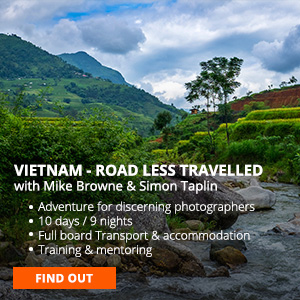Composition Tips - disassociation
Composition isn’t just about composing the elements of an image in the viewfinder. You have to be able to see the image in the first place. Because if you can’t see, your camera is blind.
Then by combining focal length, camera angle and where you are in relation to the image you can compose the image. Only then can you start to think about camera settings and these will be different for every single situation you shoot. All of them. This is why it’s vital to learn how to think like a photographer.
Many photographers find the ‘seeing’ element of composition to be one of the hardest of the entire photography process.
In April 2015 during my Lanzarote workshop we had all just photographed a spectacular sunrise, enjoyed breakfast at a nearby bakery and now it was time for an exercise in finding images and compositions.
As we walked down an un-likely street I showed a couple of images I had seen to one of the participants, Jason Milner. “Wow”. He said. “You’d never guess those were taken in this street. I guess you have to disassociate yourself from your surroundings in order to see compositions”.
I hadn’t thought of it like that before but he’s absolutely right. Before we can compose a picture we have to set ourselves aside from our personal thoughts and feelings about a place and truly look at it for what it is.
Only then can we begin to experiment with all the other good stuff like shutter’s apertures etc. and find the settings we need to capture the image. Everything begins with a thought even composition.
In this video I’ll show you the location and re-create the images we were taking. Then it’s time to pre-visualise how you want the image to look in the frame (or composition) and using techniques from my Masterclass in Photography, brought together by thinking like a photographer using The 7 Building Blocks of Photography.
Are you a beginner? If you're still learning about camera settings etc you are not ready for The 7 Blocks of Photography. The place for you to learn all that good stuff is the Masterclass in Photography.











































